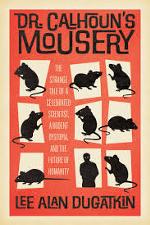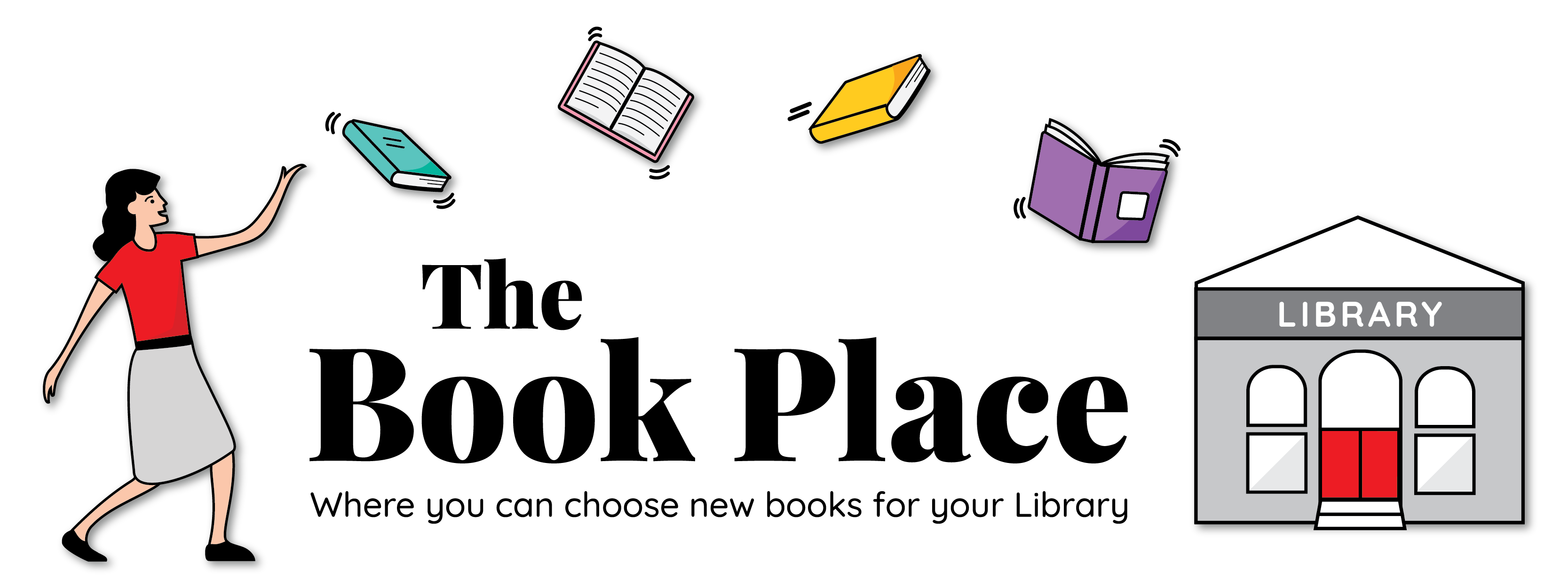A bizarre and compelling biography of a scientist and his work, using rodent cities to question the potential catastrophes of human overpopulation. It was the strangest of experiments. What began as a utopian environment, where mice had sumptuous accommodations, all the food and water they could want, and were free from disease and predators, turned into a mouse hell. Science writer & animal behaviorist Lee Alan Dugatkin introduces readers to the peculiar work of rodent researcher John Bumpass Calhoun. In this enthralling tale, Dugatkin shows how an ecologist-turned-psychologist-turned-futurist became a science rock star embedded in the culture of the 1960s and 1970s. As interest grew in his rodent cities, Calhoun was courted by city planners and reflected in everything from Tom Wolfe’s hard-hitting novels to the children’s book Mrs. Frisby and the Rats of NIMH. He was invited to meetings with the Royal Society and the Pope, and taken seriously when he proposed a worldwide cybernetic brain–a decade before others made the Internet a reality. Readers see how Calhoun’s experiments–rodent apartment complexes like “Mouse Universe 25”–led to his concept of “behavioral sinks” with real effects on public policy discussions. Overpopulation in Calhoun’s mouse complexes led to the loss of sex drive, the absence of maternal care, and a class of automatons including “the beautiful ones,” who spent their time grooming themselves while shunning socialization. Calhoun–and the others who followed his work–saw the collapse of this mouse population as a harbinger of the ill effects of an overpopulated human world. Drawing on previously unpublished archival research and interviews with Calhoun’s family and former colleagues, Dugatkin offers a riveting account of an intriguing scientific figure. Considering Dr. Calhoun’s experiments, he explores the changing nature of scientific research and delves into what the study of animal behavior can teach us about ourselves.

Dr. Calhoun’s mousery
ISBN: 9780226827858
Format: Hardback
Publisher: University Of Chicago Press
Origin: US
Release Date: October, 2024


